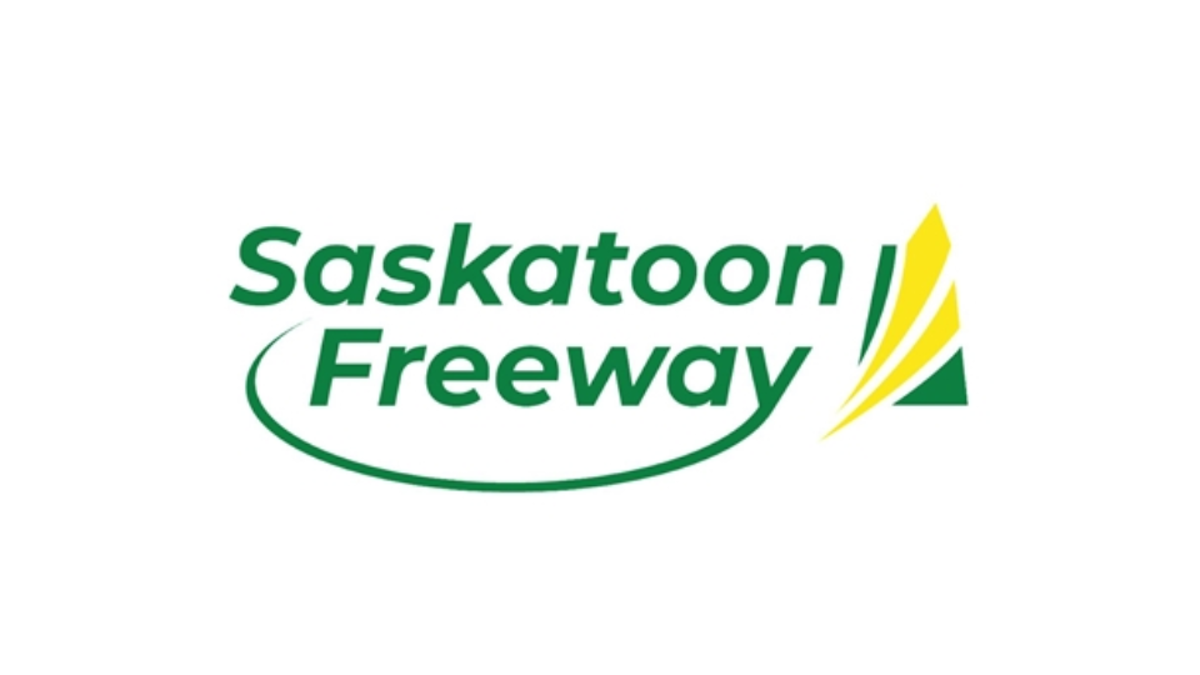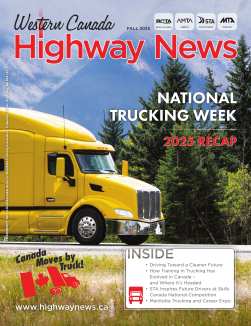
Focus Groups Generate Wide Discussion About Environmental Issues - Saskatoon Freeway
August 14, 2020
Three recent virtual focus groups generated a wide range of questions and suggestions about environmental issues related to the Saskatoon Freeway.

These focus groups came on the heels of an awareness campaign about Phase 2 of the Saskatoon Freeway that included 500 letters to impacted landowner letters, 12,000 brochures distributed to those living in proximity to the Phase 2 route, and social media posts.
A total of 28 residents, landowners and stakeholders attended the three virtual sessions on July 20 and 21, which were each 2 hours in length and hosted through a Zoom meeting. Each focus group was capped at 15 participants to ensure effective dialogue; everyone who expressed interest was able to secure a virtual seat in a session.
The focus groups began with a presentation by Geoff Meinert, the project lead from the Ministry of Highways and Infrastructure, who provided an overview of the Saskatoon Freeway functional planning study and scope. A second presentation by SNC Lavalin’s Jamie Page, who oversees environmental aspects of the functional study, highlighted already completed and upcoming environmental research along the proposed freeway route, as well as environmental mitigations being considered.
Over the course of the three focus groups, the conversation covered a wide range of topics and questions, including:
- Concerns with wildlife crossings and details on how Banff-style wildlife crossings of the freeway could be used and designed to avoid funnelling wildlife to the Saskatoon Commuter Parkway
- Why a freeway route was not considered that runs south and west of the city to avoid the Swales entirely, and why an east/north route best serves residents and commuters
- The approval process for the functional planning study’s recommendations
- The risk of plans for wildlife crossings and environmental mitigations not being implemented when construction begins
- The potential layout and location of a proposed vehicle interchange located between the two Swales, and the need to ensure it accommodates both wildlife and grassland preservation requirements
- Projections regarding the amount of truck traffic anticipated on the new freeway
- How sound walls and low-noise pavement could be used to reduce vehicle sound in the Swales
- How the remnant Green Ash Forest on the riverbank of the South Saskatchewan River must be protected when a bridge crossing is constructed
- A call to release all completed environmental research along the proposed freeway and to also include older historic data about the Swales in this research
- A request for additional research to be conducted in the Swales that extends beyond the 500m freeway corridor and that would include large mammals and would cover all four seasons
- A recommendation that the Ministry of Highways and Infrastructure support ongoing research by the U of S and Meewasin Valley Authority on snow tracking studies in the Swales
- The feasibility of combining a wildlife crossing and vehicle interchange into a single structure elevated above the Swales, as well as the feasibility of stacking the freeway on top of the Commuter Parkway
- Questions regarding the scope and timing of the Ministry of Environment’s Environmental Impact Assessment process, as well as the possibility of a similar assessment being triggered at the federal level
- Questions about habitat restoration/compensation work that would be triggered when wetlands and grasslands are disturbed along the freeway route, and the importance of ensuring that those restoration efforts occur close to the original disturbance
- Confirmation that recognized Saskatchewan Conservation Data Centre protocols are being followed for collection of data, and that other existing sources of centralized animal and heritage data are also being used to evaluate environmental impacts
- Concerns that the amount of carbon dioxide sequestered by the grassland in the Swale has not been accounted for, especially if the grassland is disturbed by freeway construction
- Questions seeking updates on the freeway’s projected construction costs
- Recommendations for best-practice dark-sky compliant lighting options on the freeway, especially in the area around the Swales
Several individuals and representatives from environmental organizations expressed concerns that these focus groups – as well as the broader stakeholder engagement for the Saskatoon Freeway – have not included discussion of route options that avoid the Swales entirely (by moving the freeway 10-20 km east), and also have not included discussion on the business case/needs assessment for the freeway or a provincial transportation strategy. Concerns about the recent departure of the Northeast Swale Watchers from the functional study’s Environmental and Heritage Technical Working Group were also raised by some focus group participants.
A detailed summary of the discussion from each focus group can be found here.
The project team would like to sincerely thank all focus group participants for their attendance and input. The design team will be using this input as they come up with more design options for Phase 2 of the freeway; these will be shared for public review and comment in late 2020. Stay tuned to saskatoonfreeway.org for details.
Empowering Women with Transportation Industry Skills
Women Shifting Gears
The STA, YWCA Saskatoon and Saskatchewan Ministry of Immigration and Career Training have launched a pilot-program to encourage more woman to participate in the trucking industry.
Categories | Infrastructure
Tags | Construction, Highways, Saskatoon
Related Links
-
Saskatoon Freeway
Learn more




